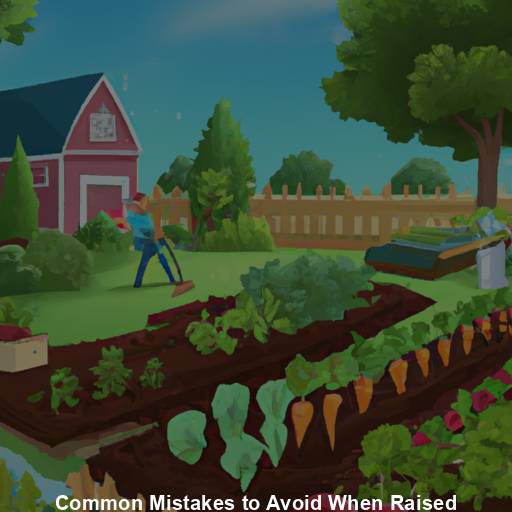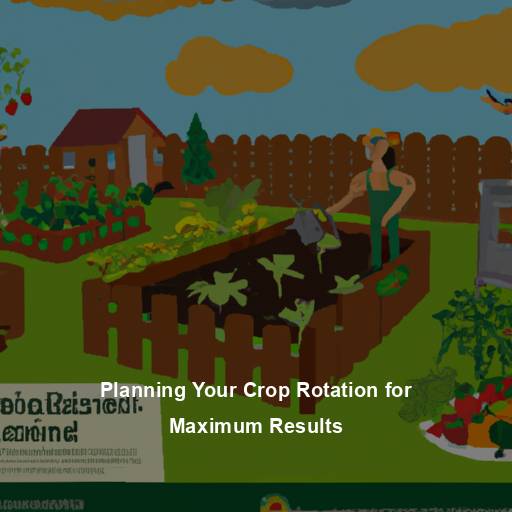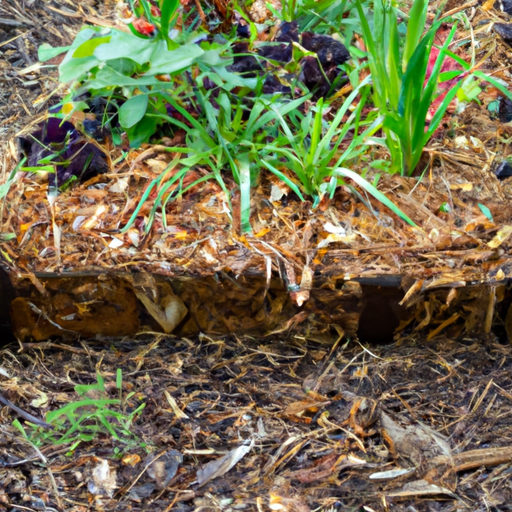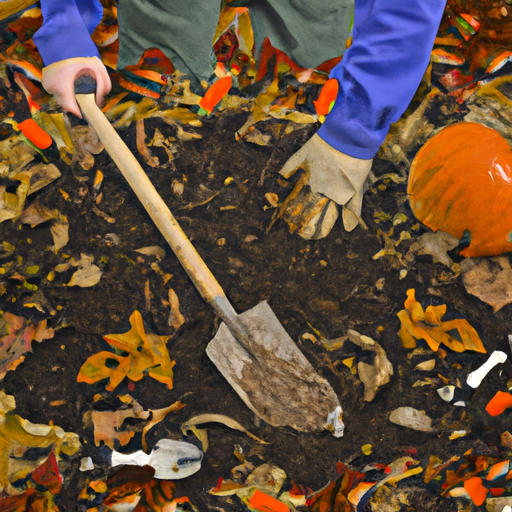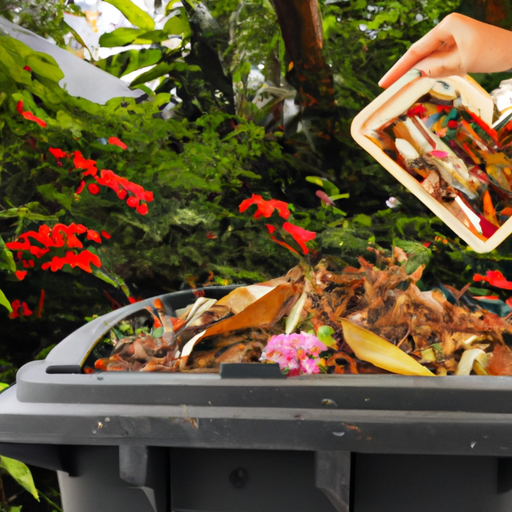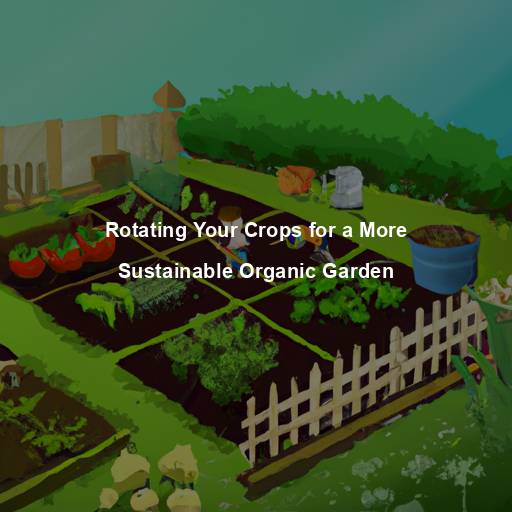As a Master Gardener, I have seen my fair share of mistakes that gardeners make when it comes to harvesting and storing organic produce. While growing your own food can be incredibly rewarding, if you don’t properly care for your harvest after it’s picked, all that hard work can go to waste. In this article, we’ll examine some of the top mistakes to avoid when harvesting and storing organic produce so that you can enjoy your bounty throughout the year.
First and foremost, one of the biggest mistakes made by gardeners is not picking their fruits and vegetables at the right time. It might seem like common sense, but many people get caught up in waiting for their crops to become larger or more colorful before they pick them – only to find out later that they’ve waited too long.
For example, tomatoes should be picked when they’re fully ripe but still firm; leaving them on the vine for too long will result in mushy fruit. Similarly, cucumbers should be harvested while they’re still small and tender; letting them grow too big will lead to tough skin and bitter flesh.
By paying attention to each crop’s ideal harvest time, you’ll ensure that you’re getting the most flavor and nutrition from your organically grown produce.
Picking Produce At The Right Time
As a Master Gardener, it’s crucial to pick produce at the optimal ripeness. Harvesting fruits and vegetables too early can result in underdeveloped flavors and textures, while picking them when they’re overripe may lead to spoilage during storage. It’s important to pay attention to each crop’s individual harvesting signs such as color, texture, and size.
Additionally, prolonging freshness is key when storing organic produce. Make sure to remove any damaged or spoiled pieces before placing them in containers with breathable lids or bags that allow for air circulation. This will prevent moisture buildup and mold growth, which can cause your harvest to go bad quickly.
Remember: proper timing and storage techniques are essential for ensuring delicious and healthy homegrown produce all season long!
Failing To Check For Damage Or Disease
With all the hard work that goes into growing organic produce, it can be disheartening to find out that your harvest has been damaged or infected with disease. It’s important to inspect each piece of produce carefully before storing it away in order to prevent contamination and ensure a longer shelf life. Don’t let all your efforts go to waste by overlooking this crucial step.
When inspecting your produce, keep an eye out for any signs of damage such as bruising, cuts, or insect bites. These areas are more prone to developing mold and bacteria which can quickly spread throughout the rest of the batch if not caught early on. Additionally, be on the lookout for any signs of disease such as discoloration, spots, or wilting leaves. If you spot anything suspicious, remove those pieces from the batch immediately.
To further prevent contamination, make sure to wash your hands thoroughly before handling any produce and use clean cutting boards and knives when preparing them for storage. Store different fruits and vegetables separately as some emit gases that can cause others to spoil faster.
As Master Gardeners know all too well, preventing damage and disease is key to a successful harvest. By taking the time to inspect each piece of produce and following proper sanitation practices, you’ll be able to enjoy your organic bounty for weeks to come without worrying about spoilage or illness.
Remember: an ounce of prevention is worth a pound of cure!
Not Storing Produce In The Right Conditions
After checking your produce for damage or disease, the next critical step is to ensure that you store it correctly. Proper packaging and temperature control are two essential factors to keep in mind when storing organic produce.
Choosing the right containers can protect your crops from bruising, rotting, or getting contaminated during transportation. For instance, use perforated bags for vegetables like potatoes and onions as they require airflow while keeping them in a dark place will prevent sprouting. In contrast, fruits such as apples should be kept away from other produce due to their ethylene gas emission that accelerates ripening.
Temperature control also plays a vital role in maintaining the freshness of your harvests. Produce exposed to extreme heat or cold temperatures loses its flavor and nutritional value quickly. It’s best to store most fruits and veggies between 32°F-40°F (0°C-4°C) with high humidity levels around 90% -95%. This environment prevents dehydration and keeps perishable items fresh longer than usual conditions. However, some plants have specific storage requirements; therefore, do research on each crop before harvesting and storing them properly.
In summary, failing to check for damage or disease may result in wasted efforts during harvesting season. But improper storage practices can lead to spoilage even after you’ve obtained perfect yields. Always take care of proper packaging and temperature control measures based on different crops’ needs while preserving their quality and taste until consumption time arrives!
Overcrowding Produce In Storage Areas
When it comes to storing organic produce, overcrowding can lead to a host of problems. Proper spacing is essential in preventing bruising and rotting, as well as allowing for proper air circulation.
It’s important to remember that each type of produce has different storage needs, so be sure to research the ideal spacing requirements for your specific items. Additionally, temperature control plays a big role in keeping your produce fresh.
Be mindful of the optimal temperatures for each item and adjust accordingly. By taking these steps and avoiding overcrowding in your storage areas, you can ensure that your organic produce stays fresh and delicious for longer periods of time.
Forgetting To Rotate Stored Produce
Now that you know not to overcrowd your storage areas, let’s talk about another common mistake: forgetting to rotate stored produce.
Storage organization is key when it comes to maintaining the quality of organic produce after harvest. One way to ensure proper rotation is by labeling and dating each item before storing them. This will help you keep track of which items need to be used first and prevent spoilage.
Another tip for extending shelf life is keeping produce at its optimal storage temperature and humidity level. For example, leafy greens should be kept in a high-humidity environment while fruits like apples should be stored separately from other produce as they release ethylene gas which accelerates ripening.
By following these simple guidelines, you can make sure your hard-earned harvest lasts longer and stays fresh for consumption without losing any valuable nutrients or flavor!
Frequently Asked Questions
What Are Some Common Signs Of Damage Or Disease That Should Be Checked For When Harvesting Organic Produce?
When harvesting organic produce, it is important to carefully inspect each plant for signs of damage or disease.
Pest prevention should be a top priority in your garden, as pests can quickly destroy your plants and reduce the overall yield.
Proper handling techniques are also crucial when harvesting fruits and vegetables, as rough treatment can cause bruising or other forms of damage that will shorten their shelf life.
Look for any discoloration, soft spots, or unusual growths on your produce, as these may be indicators of disease.
Always use clean tools and containers when collecting your harvest to prevent contamination from bacteria or other harmful organisms.
By taking these steps, you can help ensure that your organic produce remains healthy and fresh for longer periods of time.
Can Produce Be Harvested Too Early, And If So, What Are The Consequences Of Doing So?
Ah, the temptation of plucking that juicy fruit too soon! As a Master Gardener, I can tell you that an early harvest could lead to some dire consequences.
Optimal harvest timing is key when it comes to producing high-quality organic fruits and vegetables. Harvesting produce before they are fully ripe may result in poor flavor, texture and nutrient content.
You don’t want your hard work in cultivating these plants go to waste by harvesting them prematurely. So remember, patience is a virtue – wait until your produce reaches its peak ripeness for the best results.
What Are The Ideal Storage Conditions For Different Types Of Organic Produce, Such As Fruits, Vegetables, And Herbs?
Proper handling and cooling techniques are crucial for storing different types of organic produce, such as fruits, vegetables, and herbs. To keep your produce fresh for longer periods, it’s important to store them in the right conditions.
For example, some fruits like berries need to be stored at cold temperatures while others like bananas should not be refrigerated. Vegetables can also vary in their storage requirements; leafy greens should be washed before being stored while root vegetables shouldn’t be washed until they’re ready to use.
Herbs require special attention too – they should be kept cool but not too damp or they’ll spoil quickly. By understanding the ideal storage conditions for each type of produce, you’ll ensure that they stay fresh and delicious for as long as possible.
How Much Space Should Be Allotted For Each Type Of Produce When Storing Them In A Storage Area?
When it comes to storing organic produce, it’s important to consider the amount of space each type of produce needs. Proper stacking techniques can help maximize storage capacity while also preventing damage or bruising. It’s also crucial to ensure adequate air circulation between items to prevent moisture buildup and decay.
As a Master Gardener, I recommend grouping similar types of produce together and leaving enough room for airflow. For example, leafy greens should be stored in separate containers with holes for ventilation, while bulkier fruits like apples may require more space and careful layering to avoid crushing.
By prioritizing proper stacking and air circulation, you can extend the shelf life of your organic produce and minimize waste.
What Are Some Indicators That Stored Produce Should Be Rotated, And How Frequently Should This Be Done?
Indicators that stored produce should be rotated are crucial to ensure freshness and prevent spoilage. As a Master Gardener, I cannot stress enough the importance of temperature and humidity control in organic produce storage.
To maintain optimal quality, it is best to rotate your stored produce every couple of weeks or so. Best practices for rotating include inspecting each item before storing them, placing older items at the front of the shelf, and grouping similar products together.
Implementing these simple steps will help you get the most out of your harvest while avoiding any potential loss due to rotting or spoiling.
Conclusion
As a Master Gardener, I know firsthand the importance of harvesting and storing organic produce correctly. It’s easy to make mistakes that can lead to wasted harvests or spoiled crops. But fear not! By avoiding some common pitfalls, you can ensure your bounty stays fresh and delicious for weeks to come.
One crucial mistake to avoid is harvesting too early. While it may be tempting to pick fruits and vegetables as soon as they start showing color, this can result in flavorless produce with stunted growth potential. Instead, wait until the fruit or vegetable has reached its full size and ripeness before picking.
Another key factor is proper storage conditions – different types of produce require different levels of humidity, temperature, and ventilation.
With these tips in mind, you’ll be well on your way to enjoying healthy, tasty meals all year round!

